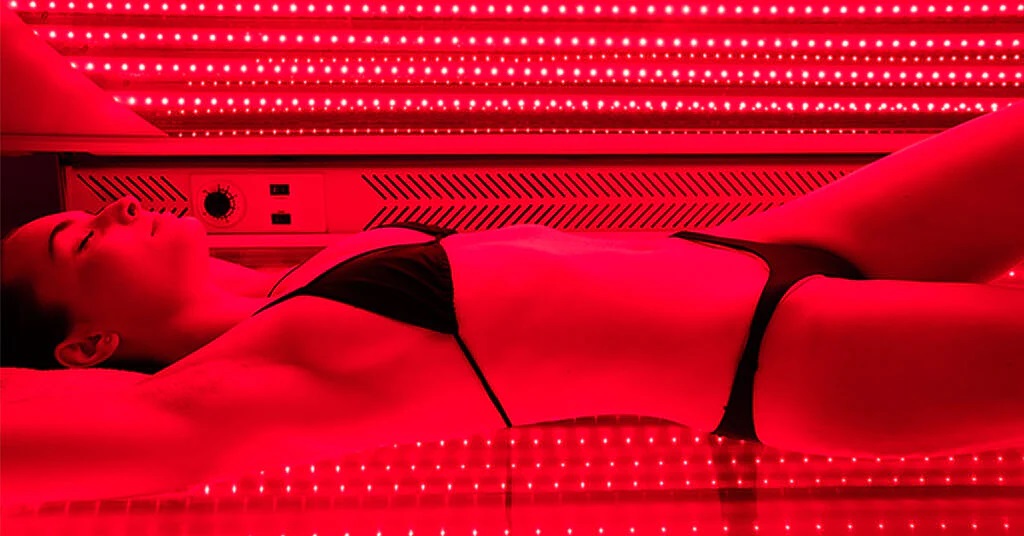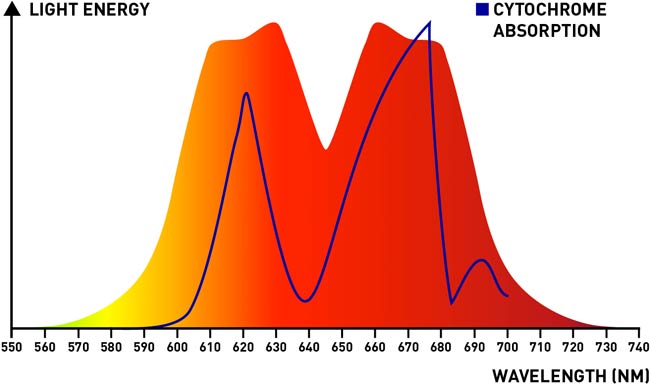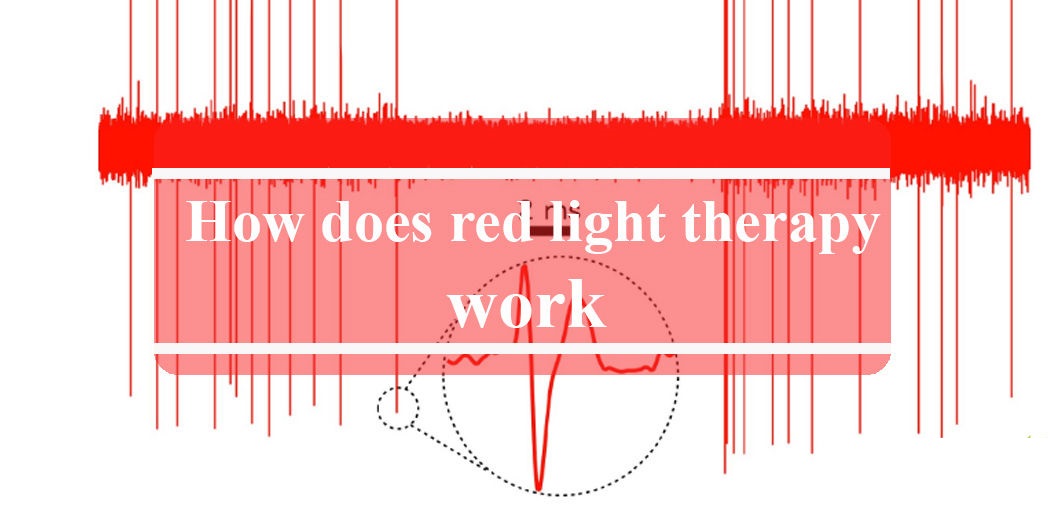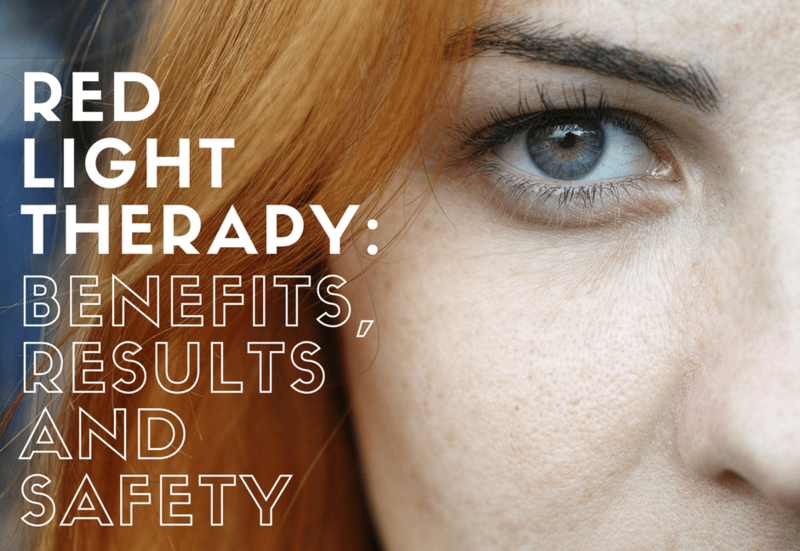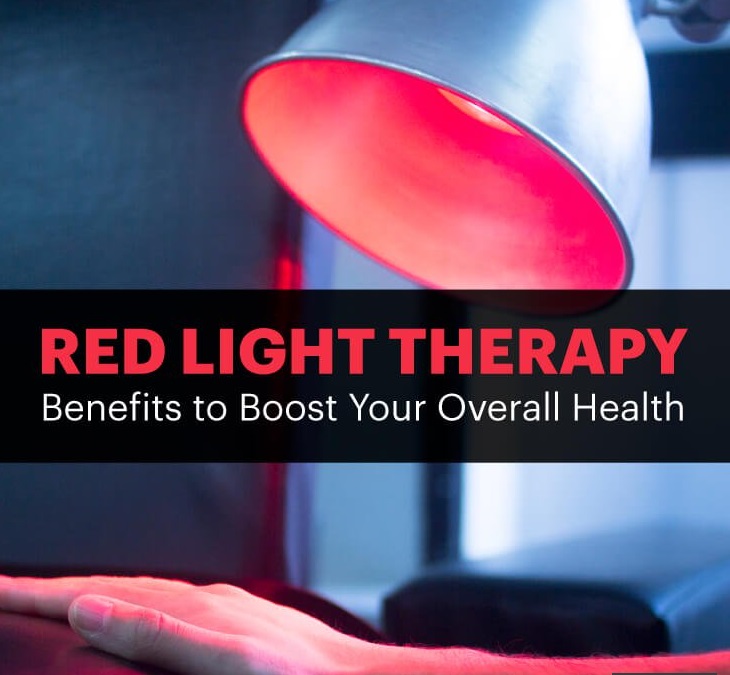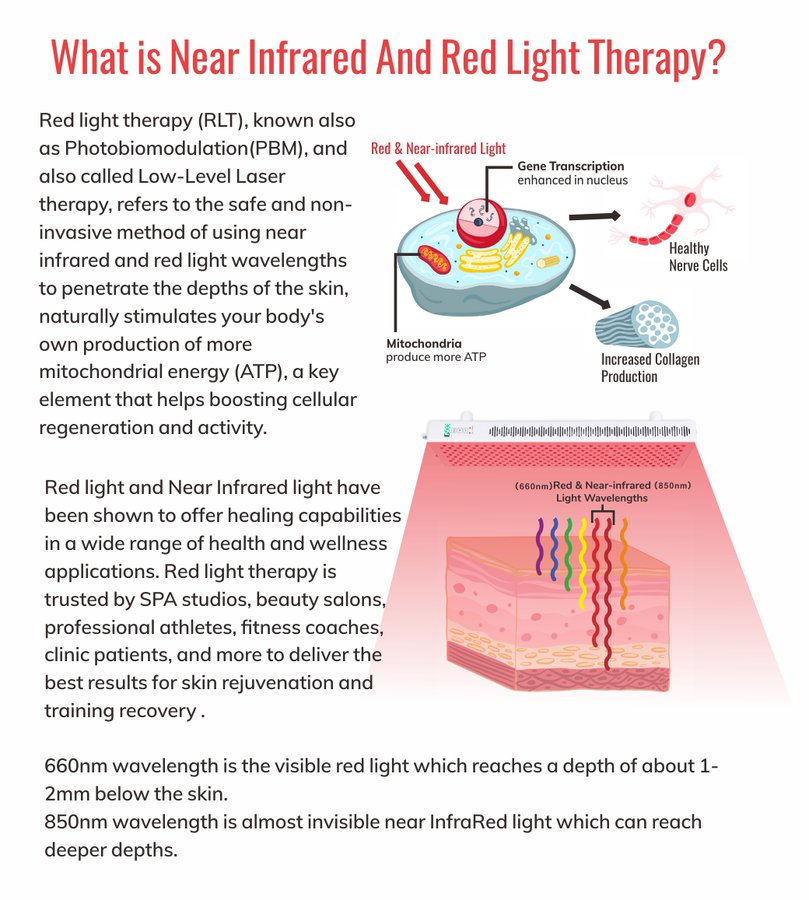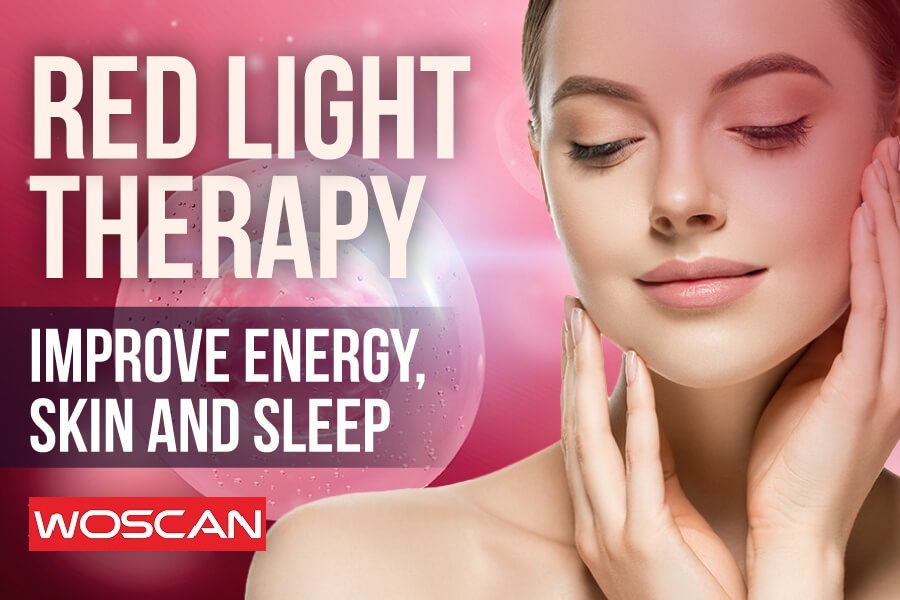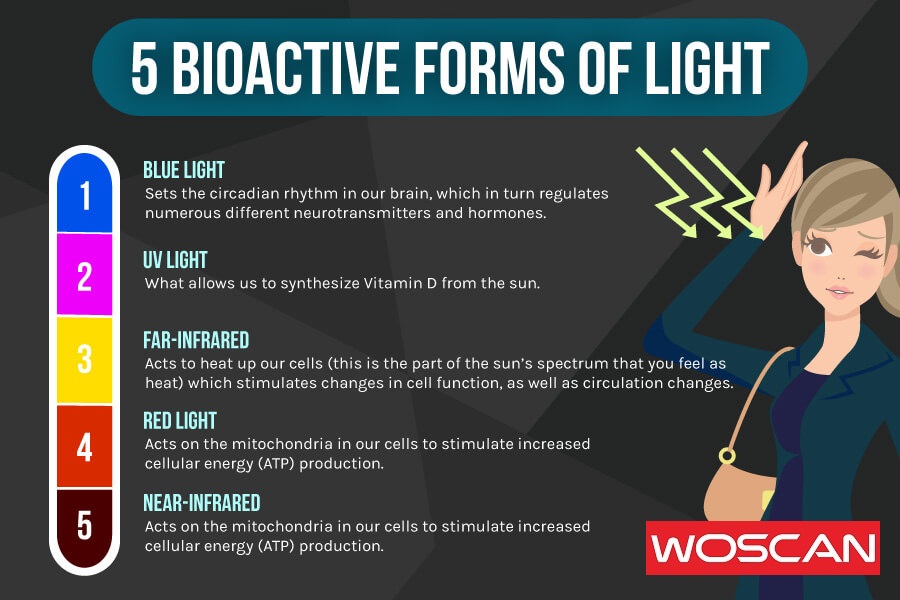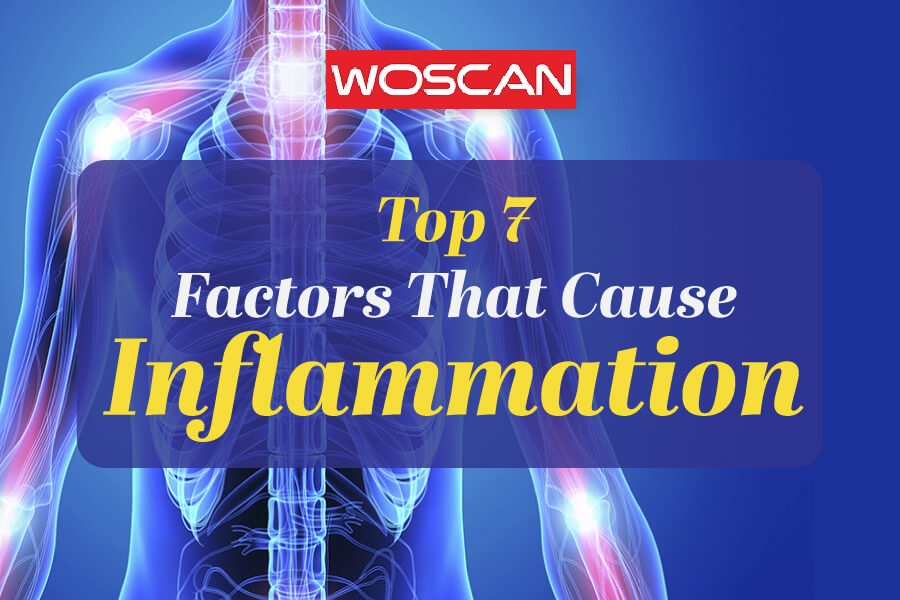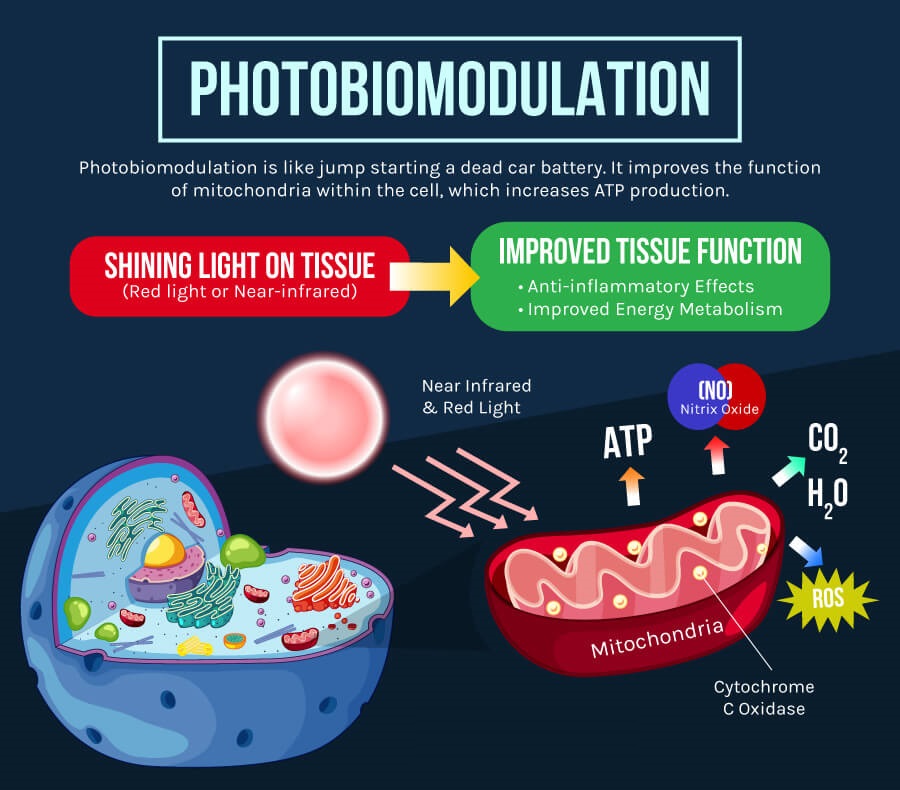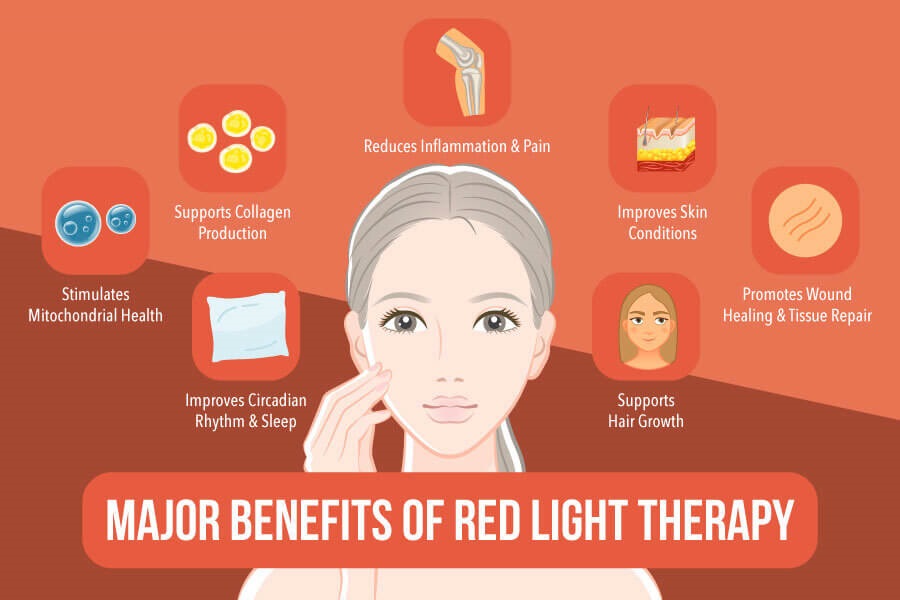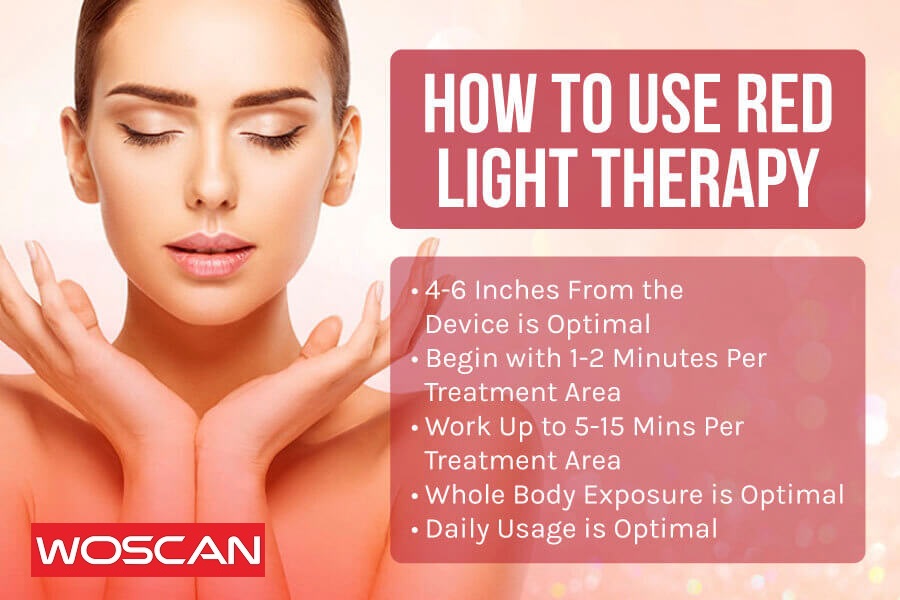
Whether you are seeking to rejuvenate your skin, alleviate joint pain, or improve cognitive function, Red Light Therapy offers a promising avenue for enhancing your quality of life. However, a crucial question arises: Does The Bed Use Research Proven Wavelengths? In recent years, Red Light Therapy, also known as photobiomodulation therapy, has emerged as an approach to enhancing overall well-being. This therapeutic method harnesses the power of red and near-infrared light to stimulate essential physiological processes within the body, resulting in a wide array of potential benefits.
The effectiveness of Red Light Therapy lies not only in its application but also in the specific wavelengths it employs. These wavelengths play a pivotal role in stimulating Cytochrome C Oxidase (CCO), a key enzyme found in mitochondria. By targeting CCO, Red Light Therapy enhances energy production within cells, ultimately influencing various physiological mechanisms. In this comprehensive exploration, we will delve into the importance of selecting Red Light Therapy beds that offer research-proven wavelengths. These wavelengths, falling within the 600-1100 nm range, hold the potential to unlock the full spectrum of therapeutic benefits that Red Light Therapy can provide.
When considering a Red Light Therapy bed for your health and wellness needs, the wavelength spectrum it encompasses becomes a paramount consideration. The range of 630-680nm and 800-1070nm has been scientifically validated as the sweet spot for CCO activation and optimal energy production. Within these ranges, Red Light Therapy has demonstrated its prowess in addressing an array of concerns, including anti-aging effects, arthritis relief, fat loss, hair regrowth, joint and bone repair, cancer recovery and prevention, cognitive enhancement, and improved brain health. By the end of this article, you will be equipped with the knowledge needed to make an informed decision when selecting a Red Light Therapy bed that aligns with your health and wellness aspirations.
Best Wavelengths for Red Light Therapy
Talking about the Red Light Therapy, the selection of the right wavelengths is paramount, as it dictates the therapy’s effectiveness in harnessing the body’s intrinsic physiological mechanisms. Understanding the biological and scientific basis behind these wavelengths provides valuable insights into the potential benefits they offer. Let’s explore the research-proven wavelengths (630 nm, 660 nm, 810 nm, 830 nm, 850 nm, and 980 nm) and their respective benefits, substantiated by scientific studies.
630 NM AND 660 NM
These wavelengths fall within the red spectrum and have demonstrated remarkable capabilities in stimulating cellular responses. A study titled “Photobiomodulation at 660 nm Stimulates Fibroblast Differentiation” reveals that Red Light Therapy at 660 nm successfully stimulates the differentiation of fibroblasts into myofibroblasts [1]. This is particularly noteworthy for wound healing, where myofibroblasts play a crucial role. These wavelengths are also known to improve collagen production, aiding in skin rejuvenation and contributing to a more youthful appearance.
810 NM
The 810 nm wavelength stands out for its deep tissue penetration capabilities. A study titled “Photobiomodulation with 630 plus 810 nm wavelengths induce more in vitro cell viability of human adipose stem cells than human bone marrow-derived stem cells” highlights its effectiveness in increasing cell viability. This wavelength is particularly valuable for addressing joint and muscle pain by enhancing cellular repair mechanisms [2]. Furthermore, early application of 830-nm LED-based photobiomodulation treatment, as revealed in another study titled “Photobiomodulation therapy with an 830-nm light-emitting diode for the prevention of thyroidectomy scars,” prevents hypertrophic scar formation and reduces postoperative pain without noticeable adverse effects.
850 NM
Within the near-infrared spectrum, the 850 nm wavelength shows promise in diverse applications. In a study titled “A case control series for the effect of photobiomodulation in patients with low back pain and concurrent depression,” it was suggested that photobiomodulation at 850 nm may have an antidepressant effect in patients with low back pain and concurrent depression [3]. This demonstrates the potential for addressing not only physical but also mental well-being through Red Light Therapy at this wavelength.
980 NM
Another intriguing wavelength is 980 nm, which has been studied in the context of postoperative recovery. In a study titled “Effect of photobiomodulation on recovery from neurosensory disturbances after sagittal split ramus osteotomy,” it was found that photobiomodulation accelerated recovery from neurosensory disturbances after surgery [4]. This wavelength holds promise for aiding in the healing process following surgical interventions.
The choice of wavelengths in Red Light Therapy is far from arbitrary; it is grounded in scientific research that supports their capacity to stimulate vital cellular processes. These wavelengths offer a diverse range of benefits, from wound healing and pain relief to skin rejuvenation and potential mood enhancement. When seeking the optimal Red Light Therapy experience, considering these research-proven wavelengths can help you tailor your therapy to your specific health and wellness goals.
The Role of the Best Wavelengths in Red Light Therapy Beds
When exploring the world of Red Light Therapy, one cannot overstate the importance of wavelengths. These specific wavelengths dictate the success and efficacy of Red Light Therapy as a therapeutic modality. To truly appreciate their significance, it is essential to grasp their role in stimulating Cytochrome C Oxidase (CCO), a critical enzyme residing within the mitochondria of our cells. By activating CCO and instigating key cellular processes, Red Light Therapy wavelengths set in motion a cascade of physiological responses that underpin its diverse range of potential benefits.
In the context of Red Light Therapy beds, the wavelengths they emit serve as the foundation upon which the therapy’s success is built. The specific wavelength spectrum chosen can determine the therapy’s effectiveness in harnessing the body’s intrinsic mechanisms. Here’s a breakdown of the pivotal role that these wavelengths play:
630-680 NM AND 800-1070 NM
These wavelength ranges have been extensively researched and validated for their ability to stimulate CCO effectively. By targeting this enzyme, Red Light Therapy initiates the process of oxidative phosphorylation, which results in heightened production of adenosine triphosphate (ATP). ATP serves as a fundamental energy currency within our cells, fueling various cellular functions.
Biological Significance:
Red Light Therapy in these ranges influences diverse biological processes, including collagen production, cellular energy production, and modulation of inflammatory responses.
Scientific Basis:
Scientific studies have consistently demonstrated the therapeutic potential of these wavelengths, substantiating their role in wound healing, pain management, cognitive enhancement, and tissue repair.
Selecting a Red Light Therapy bed that incorporates wavelengths within these research-proven ranges is pivotal for optimizing therapeutic outcomes. These wavelengths are the biological keys that unlock the vast array of potential benefits associated with Red Light Therapy, ranging from anti-aging effects and arthritis relief to enhanced cognitive function and overall well-being. Understanding the significance of these specific wavelengths empowers individuals to make informed decisions when selecting a Red Light Therapy bed tailored to their health and wellness objectives.
Therapeutic Applications of Research-Proven Wavelengths
In the area of Red Light Therapy, understanding the therapeutic applications of research-proven wavelengths is crucial for harnessing the full spectrum of potential benefits this therapy has to offer. These wavelengths, falling within the ranges of 630-680 nm and 800-1070 nm, have demonstrated a profound impact on Cytochrome C Oxidase (CCO), a vital enzyme residing in the mitochondria of our cells. Let’s explore the diverse therapeutic applications of these wavelengths, underpinned by their influence on essential physiological mechanisms.
WAVELENGTHS OF 630-680 NM
This range is scientifically recognized for its ability to stimulate CCO effectively. By targeting CCO, these wavelengths initiate the process of oxidative phosphorylation, leading to increased adenosine triphosphate (ATP) production. The biological significance of these wavelengths encompasses various applications:
-Anti-Aging Effects:
Red Light Therapy in this range promotes collagen production, enhancing skin elasticity and reducing the appearance of wrinkles and fine lines.
-Arthritis Relief:
By modulating inflammatory responses and improving cellular energy production, these wavelengths aid in reducing joint pain and inflammation.
-Hair Regrowth:
Stimulating hair follicles and enhancing microcirculation, these wavelengths offer a potential solution for individuals experiencing hair loss.
-Joint and Bone Repair:
Enhanced cellular repair mechanisms contribute to the repair and regeneration of damaged joint and bone tissues.
-Cancer Recovery and Prevention:
While not a standalone treatment, Red Light Therapy in this range has shown promise in supporting cellular recovery and promoting overall well-being in cancer patients.
WAVELENGTHS OF 800-1070 NM
These wavelengths extend the therapeutic potential of Red Light Therapy, offering benefits across a range of health concerns:
-Cognitive Enhancement:
By improving cerebral blood flow and potentially enhancing neuronal activity, Red Light Therapy in this range may support cognitive function and mental clarity.
-Brain Health:
Enhanced ATP production in brain cells can potentially aid in maintaining brain health and mitigating the effects of neurodegenerative conditions.
The therapeutic range within these specific wavelengths is a testament to the precision and efficacy of Red Light Therapy. It is important to note that these applications are rooted in the scientific understanding of how these wavelengths influence essential physiological mechanisms. When seeking the benefits of Red Light Therapy, choosing a therapy bed that incorporates these research-proven wavelengths can be a transformative step toward addressing a wide array of health and wellness objectives.
Why Non-Specified Wavelengths Are Not Recommended
In the realm of Red Light Therapy, precision and specificity are paramount for achieving desired therapeutic outcomes. Central to this precision is the selection of wavelengths that influence the critical physiological mechanism of Cytochrome C Oxidase (CCO) activation within the mitochondria of our cells. When considering Red Light Therapy beds, it is essential to avoid those that lack specification of the wavelengths they emit, as well as those that offer wavelengths outside the research-proven ranges of 630-680 nm and 800-1070 nm. Here’s why non-specified wavelengths should be approached with caution:
LACK OF BIOLOGICAL PRECISION:
Non-specified wavelengths leave the therapy’s biological efficacy in question. Without knowing the specific wavelengths emitted, it becomes challenging to ascertain whether CCO activation, a fundamental driver of Red Light Therapy’s benefits, is occurring optimally within the cells. This lack of precision can undermine the therapy’s potential to yield desired results.
BIOLOGICAL VARIABILITY:
Biological responses to light are highly wavelength-dependent. Different wavelengths influence distinct physiological processes. Non-specified wavelengths introduce unpredictability, potentially resulting in suboptimal outcomes. Achieving desired therapeutic effects, such as collagen production, pain relief, or cognitive enhancement, relies on the ability to precisely target the relevant biological pathways.
SAFETY CONCERNS:
Beyond effectiveness, safety is a paramount consideration in Red Light Therapy. Non-specified wavelengths may emit light outside the therapeutic range, which could potentially lead to unintended side effects or pose risks to individuals with certain health conditions. Safety and efficacy are intrinsically linked in Red Light Therapy, emphasizing the importance of knowing the exact wavelengths being administered.
INVESTMENT:
Without clarity on the emitted wavelengths, individuals may be spending their resources on a therapy that falls short of its potential. In contrast, selecting a bed with specified research-proven wavelengths ensures a more calculated and effective approach to harnessing the therapy’s benefits. Our Red Light Bed Cashflow & ROI Calculator can help you determine the economic benefits for you and your business.
SCIENTIFIC ACCOUNTABILITY:
Red Light Therapy’s effectiveness is rooted in scientific understanding and research. Non-specific wavelengths lack the scientific accountability that specific wavelengths provide. By choosing therapy beds with clear wavelength specifications, individuals align themselves with the rigorous scientific principles that underpin the therapy’s success.
In conclusion, when considering Red Light Therapy beds, it is essential to prioritize clarity regarding the wavelengths they emit. Non-specified wavelengths introduce uncertainties that can compromise both the effectiveness and safety of the therapy. To fully realize the potential benefits of Red Light Therapy and make a well-informed investment, individuals are encouraged to opt for beds that offer specified research-proven wavelengths within the recognized therapeutic ranges.
Which Red Light Wavelengths Specifically?
In the world of Red Light Therapy, the selection of specific wavelengths takes center stage as a critical determinant of therapeutic efficacy. These wavelengths, falling within well-defined ranges, are not merely arbitrary choices but are grounded in the scientific understanding of their influence on the essential physiological mechanism of Cytochrome C Oxidase (CCO) activation within cellular mitochondria. To shed light on which wavelengths specifically hold the greatest promise, let’s explore the scientifically validated options:
630 NM AND 660 NM
Within the red spectrum, wavelengths of 630 nm and 660 nm have demonstrated remarkable capabilities. Scientific studies have substantiated their effectiveness in stimulating CCO, initiating the process of oxidative phosphorylation, and enhancing cellular energy production. These wavelengths play pivotal roles in:
-Collagen Production:
630 nm and 660 nm wavelengths are known to promote collagen production, contributing to skin rejuvenation and a reduction in the appearance of fine lines and wrinkles.
-Wound Healing:
Their ability to stimulate fibroblast differentiation supports wound healing processes, which is crucial for tissue repair.
810 NM
This wavelength possesses deep tissue penetration capabilities, making it a valuable addition to Red Light Therapy. By reaching deeper tissues and influencing CCO activation, the 810 nm wavelength aids in:
-Pain Relief:
Its deep penetration capabilities make it effective for addressing joint and muscle pain by enhancing cellular repair mechanisms.
-Cellular Repair:
810 nm promotes cellular repair, making it an integral component of comprehensive Red Light Therapy.
830 NM
Similar to 810 nm, the 830 nm wavelength excels in deep tissue penetration. It has been studied extensively for its therapeutic potential, offering benefits such as:
Scar Prevention:
Early application of 830 nm LED-based therapy has been shown to prevent hypertrophic scar formation, reducing postoperative pain without noticeable adverse effects.
850 NM
This near-infrared wavelength introduces the potential for addressing not only physical but also mental well-being. Studies suggest that it may have an antidepressant effect in individuals with low back pain and concurrent depression.
980 NM
Within the 905-1070 nm range, the 980 nm wavelength stands out. Research indicates its potential for accelerating recovery from neurosensory disturbances following surgical procedures, such as sagittal split ramus osteotomy.
In selecting specific wavelengths for Red Light Therapy, it is imperative to consider one’s individual health and wellness goals. Different wavelengths cater to distinct physiological mechanisms and applications, from skin rejuvenation to pain management and beyond. By understanding which wavelengths align with your desired outcomes, you can make an informed choice when seeking a Red Light Therapy bed that caters to your specific therapeutic needs. Try our dosing calculator for optimal results.
Expanding the Spectrum: Blue, Green, and Amber Light
While Red Light Therapy predominantly focuses on red and near-infrared wavelengths, the spectrum of therapeutic light extends beyond these ranges. Blue, green, and amber light also offer unique potential benefits, albeit through distinct physiological mechanisms. Let’s explore how these wavelengths complement the therapeutic landscape:
BLUE LIGHT (415 NM):
Blue light affects melanopsin-containing retinal ganglion cells, which play a role in regulating circadian rhythms and suppressing melatonin production. Blue light has been studied for its potential to improve sleep quality, regulate circadian rhythms, and treat certain skin conditions, such as acne.
GREEN LIGHT (528 NM):
Green light is absorbed by chromophores in skin cells, influencing cellular processes such as energy production and cell signaling. This kind of light has been explored for its potential to reduce hyperpigmentation, alleviate migraines, and promote wound healing.
AMBER LIGHT (605 NM):
Amber light penetrates superficial tissue layers and may influence mitochondrial function and cellular metabolism. Amber light has shown promise in addressing inflammation, improving mood, and enhancing skin complexion.
While blue, green, and amber light therapy may not directly stimulate Cytochrome C Oxidase (CCO) like red and near-infrared light, their distinct biological effects offer complementary therapeutic benefits. Incorporating these wavelengths into a comprehensive light therapy regimen can provide a multifaceted approach to addressing various health and wellness concerns. As research continues to unravel the intricate interplay between light and biology, the potential applications of these wavelengths in enhancing human health remain an exciting area of exploration.
In the realm of Red Light Therapy, the choice of wavelengths is not merely a technical detail; it is the very essence upon which the therapy’s efficacy hinges. The selection of specific wavelengths, deeply rooted in scientific understanding and biological precision, plays an important role in initiating the essential physiological mechanism of Cytochrome C Oxidase (CCO) activation within cellular mitochondria. As we conclude this exploration, it becomes evident that these wavelengths are not arbitrary; they are the biological keys that unlock the wide array of potential benefits associated with Red Light Therapy.
From the scientifically validated wavelengths of 630 nm and 660 nm, renowned for their roles in collagen production and wound healing, to the 810 nm and 830 nm wavelengths, which penetrate deep into tissues and support cellular repair, each wavelength holds a unique promise. The 850 nm wavelength introduces the potential for addressing mental well-being, while the 980 nm wavelength may accelerate postoperative recovery from neurosensory disturbances.
By understanding which wavelengths align with your specific health and wellness goals, you empower yourself to make an informed choice when seeking a Red Light Therapy bed tailored to your therapeutic needs. The biological, scientific, and technical intricacies that underpin Red Light Therapy underscore its transformative potential for individuals seeking benefits ranging from anti-aging effects and pain relief to cognitive enhancement and overall well-being. The future of Red Light Therapy is one illuminated by the precision and efficacy of these wavelengths, offering a path toward enhanced vitality and a better quality of life.
References
[1] Mokoena DR, Houreld NN, Dhilip Kumar SS, Abrahamse H. Photobiomodulation at 660 nm Stimulates Fibroblast Differentiation. Lasers Surg Med. 2020 Sep;52(7):671-681. doi: 10.1002/lsm.23204. Epub 2019 Dec 9. PMID: 31820475.
[2] Zare F, Moradi A, Fallahnezhad S, Ghoreishi SK, Amini A, Chien S, Bayat M. Photobiomodulation with 630 plus 810 nm wavelengths induce more in vitro cell viability of human adipose stem cells than human bone marrow-derived stem cells. J Photochem Photobiol B. 2019 Dec;201:111658. doi: 10.1016/j.jphotobiol.2019.111658. Epub 2019 Oct 30. PMID: 31710923.
[3] Gabel CP, Petrie SR, Mischoulon D, Hamblin MR, Yeung A, Sangermano L, Cassano P. A case control series for the effect of photobiomodulation in patients with low back pain and concurrent depression. Laser Ther. 2018 Sep 30;27(3):167-173. doi: 10.5978/islsm.27_18-OR-18. PMID: 32158062; PMCID: PMC7034249.
[4] Sharifi R, Fekrazad R, Taheri MM, Kasaeian A, Babaei A. Effect of photobiomodulation on recovery from neurosensory disturbances after sagittal split ramus osteotomy: a triple-blind randomised controlled trial. Br J Oral Maxillofac Surg. 2020 Jun;58(5):535-541. doi: 10.1016/j.bjoms.2020.02.005. Epub 2020 Feb 28. PMID: 32122703.




